CONTAINER SPECIFICATIONS
Some customers need to move a lot more freight around than others, meaning they don't use LCL (less than container load), but FCL (full container load) shipping methods. If you have any question in regards to your FCL and the different dimensions of containers and their types, you are in good hands with us.
In our opinion it is helpful to know what type of shipping container will best suit your needs when you have to ship your cargo. Often the dimensions and maximum weight will impact on what type of equipment can be used. The guide below illustrates the major different types of shipping containers that can be used as a starting point for determining your shipping requirements.
Note: Use this information as a guide only. Contact us if you have important questions or are insecure what type of container to use.
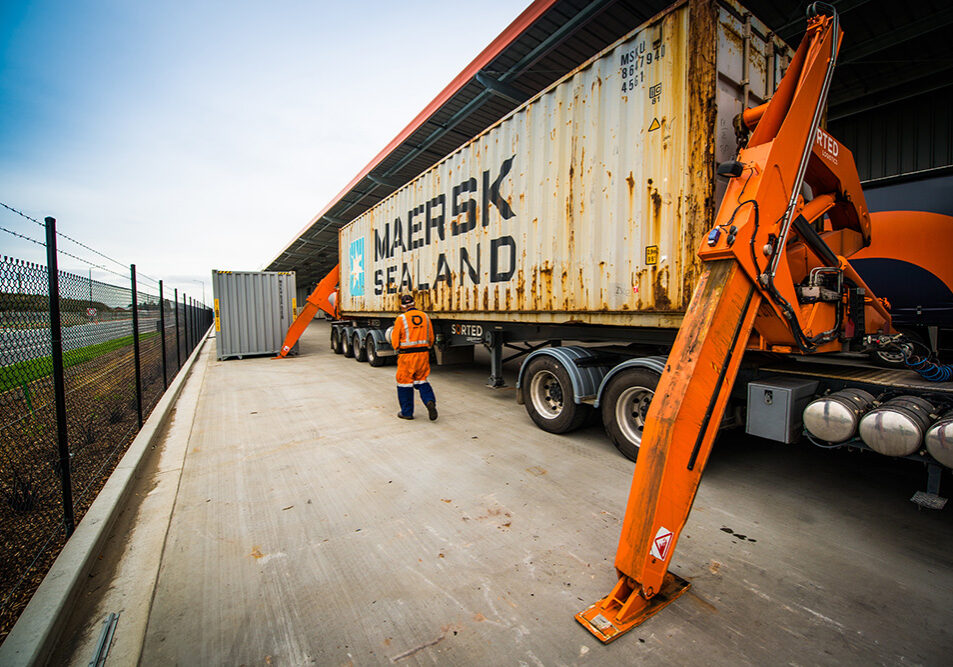
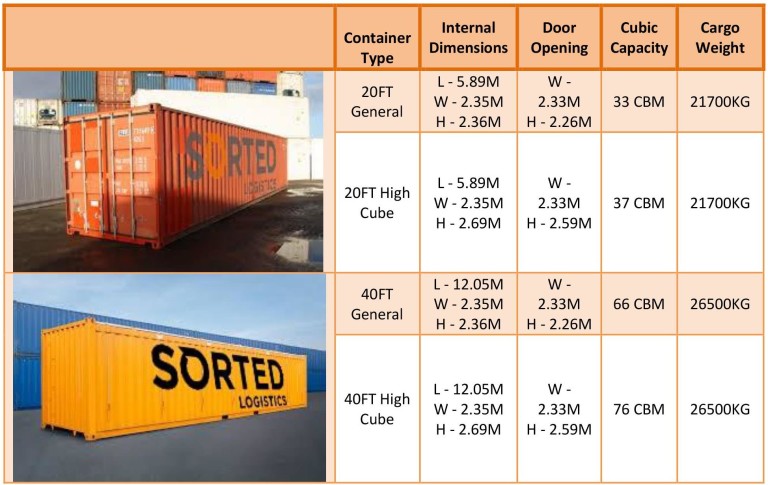
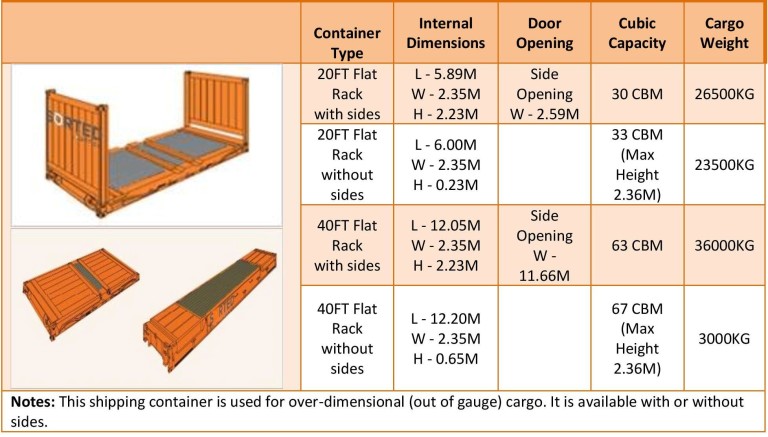
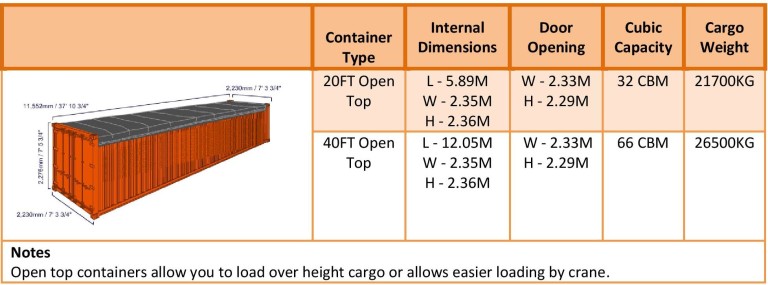
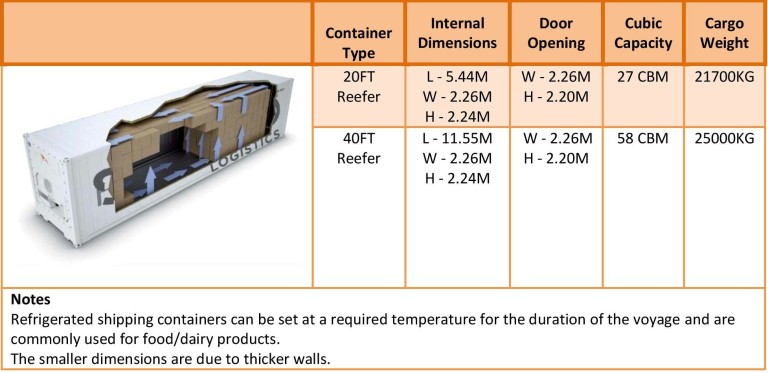
In New Zealand there is a general 30 ton road weight limit for containers and their cargo combined (i.e. gross weight). If gross weight will exceed this amount, approval and additional permits may be required.
INCO TERMS
When negotiating an international sales contract, the Terms of Sale are one of the most important aspects for setting the standards of a business relationship. The International Chamber of Commerce (ICC) has therefore created the INCO Terms in 1963 to breakdown language barriers which could otherwise lead to misunderstandings and complications in international freight forwarding.
The INternational COmmerce Terminology (INCO Terms) defines exactly the shipping responsibilities of both the buyer and the seller which are illustrated in the table below.
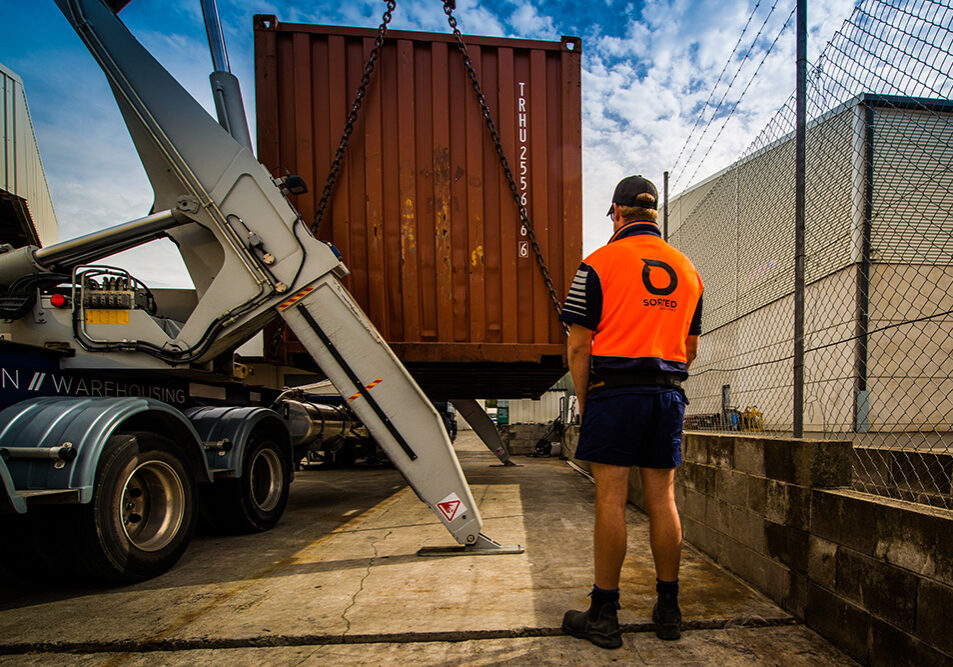
What do the INCO Terms exactly mean?
EXW – Ex Works
The buyer is responsible for organising the collection of the goods from the exporter’s premises. This means the exporter has no legal liability for anything that occurs to the goods after the buyer or a carrier has collected them from the factory or warehouse. This leaves the buyer responsible for ensuring that all the relevant paper work is completed prior to the goods leaving the country, organising transport to the port, and insurance between the exporter and the port. In short, the buyer will have full control of the freight.
FCA – Free Carrier
The exporter clears the goods for export and then hands them over to a carrier named by the buyer either at the exporter’s premises or at an agreed place. If the buyer asks the exporter to help contract a carrier, then the exporter is acting at the buyer’s risk.
FAS – Free Alongside Ship
The exporter is responsible for the goods until they are deposited alongside the vessel, not on-board. After this point the buyer is responsible for the risk. This term is appropriate if the buyer is prepared to be directly involved in carrying out the export formalities.
FOB – Free on Board
FOB is usually from the named port of loading for non-containerised sea freight. The exporter clears the goods for export, but the buyer takes over the responsibility for insurance and other costs such as freight, import duty etc., from the time the goods arrive on board the ship at the port of shipment. Some countries, notably North America, have a different meaning of FOB. Care should be taking to ensure all parties agree and understand the terms clearly.
CFR – Cost & Freight
The quoted price includes the cost of the goods plus freight charges. The exporter must clear the goods for export and is responsible for all freight charges necessary to get the goods to the named port of destination. But it is the buyer’s responsibility to insure the goods from the time the goods arrive on board the ship at the port of departure. The exporter is considered to have delivered the goods when they are on board the vessel at the port of shipment, not when the goods arrive at the destination.
CIF – Cost, Insurance & Freight
Similar to CFR, however the exporter must also obtain and pay for the marine insurance against the buyer’s risk of loss or damage to the goods during carriage. Note that the exporter is only required to obtain insurance for minimum coverage.
CPT- Carriage Paid To
Under CPT, the exporter must clear the goods for export and pay the freight cost to the buyer’s destination. However, the risk of loss or damage is the buyer’s, as well as any costs arising after the exporter has delivered the goods to the carrier.
CIP – Carriage Insurance Paid To
Similar to CPT, but the exporter also has to purchase insurance against the risk of loss or damage to the goods during carriage. The exporter is only required to obtain insurance for minimum coverage.
DAT – Delivery at Terminal
The exporter clears the goods for export and bears the risks of getting the goods to the agreed terminal and unloading them. However, the buyer is required to clear the goods for import, pay import duty and carry out import Customs formalities.
DAP – Delivery at Place
All charges as well as delivery to the buyer`s facilities will be arranged by the seller. Customs clearance cost can be arranged by either the seller or the buyer depending on the agreement at the time of the freight booking. Import Duty and Taxes will be paid by the buyer at destination.
DDP – Delivered Duty Paid
The exporter must complete all the paper work and pay all costs to get the goods delivered to the buyer’s destination. This term places the most responsibility on the exporter and the minimum responsibility on the buyer. Care should be taken to make sure the place of destination is clearly agreed.
INCO Terms is a trademark of the International Chamber of Commerce. This page is not intended as a legal advice, but is being provided for reference purposes only. Organisations should seek specific guidance available through the International Chamber of Commerce at http://www.iccwbo.org/products-and-services/trade-facilitation/incoterms-2010/.
Terms and Conditions of Trade
Click here to download our Terms and Conditions of Trade: Sorted Logistics Terms and Conditions of Trade
Useful Links
Everybody starts somewhere, right? We know freight terminology can be confusing and many of the phrases used have developed in different parts of the world at different times. This is why we’ve put together a list of some useful links, including a PDF document with the most commonly utilised terms to help you out and ensure we're on the same page. Also, have a lock at our guide for proper packaging to ensure your freight is safe with us right from the start.
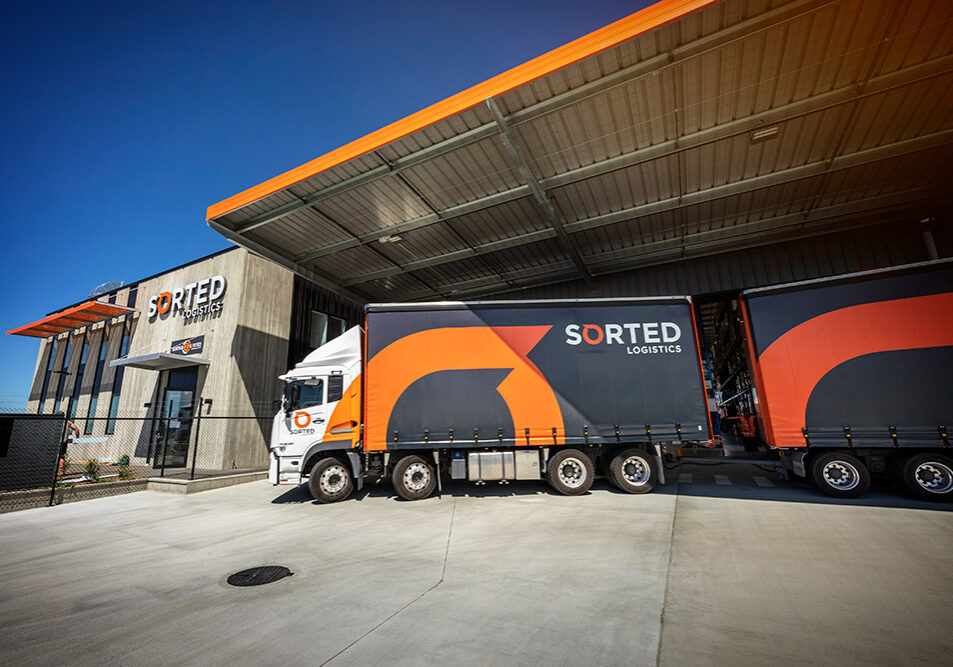
We also know that sometimes you may need loads of information to have an easy mind. The useful links below are provided to assist you in moving your freight as efficiently and safely as possible.

